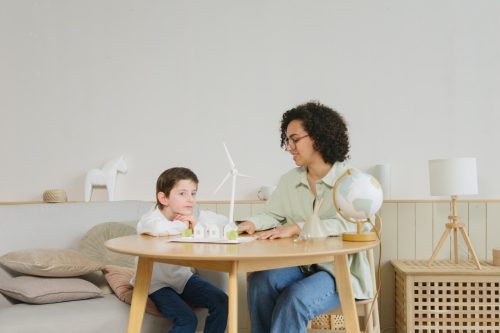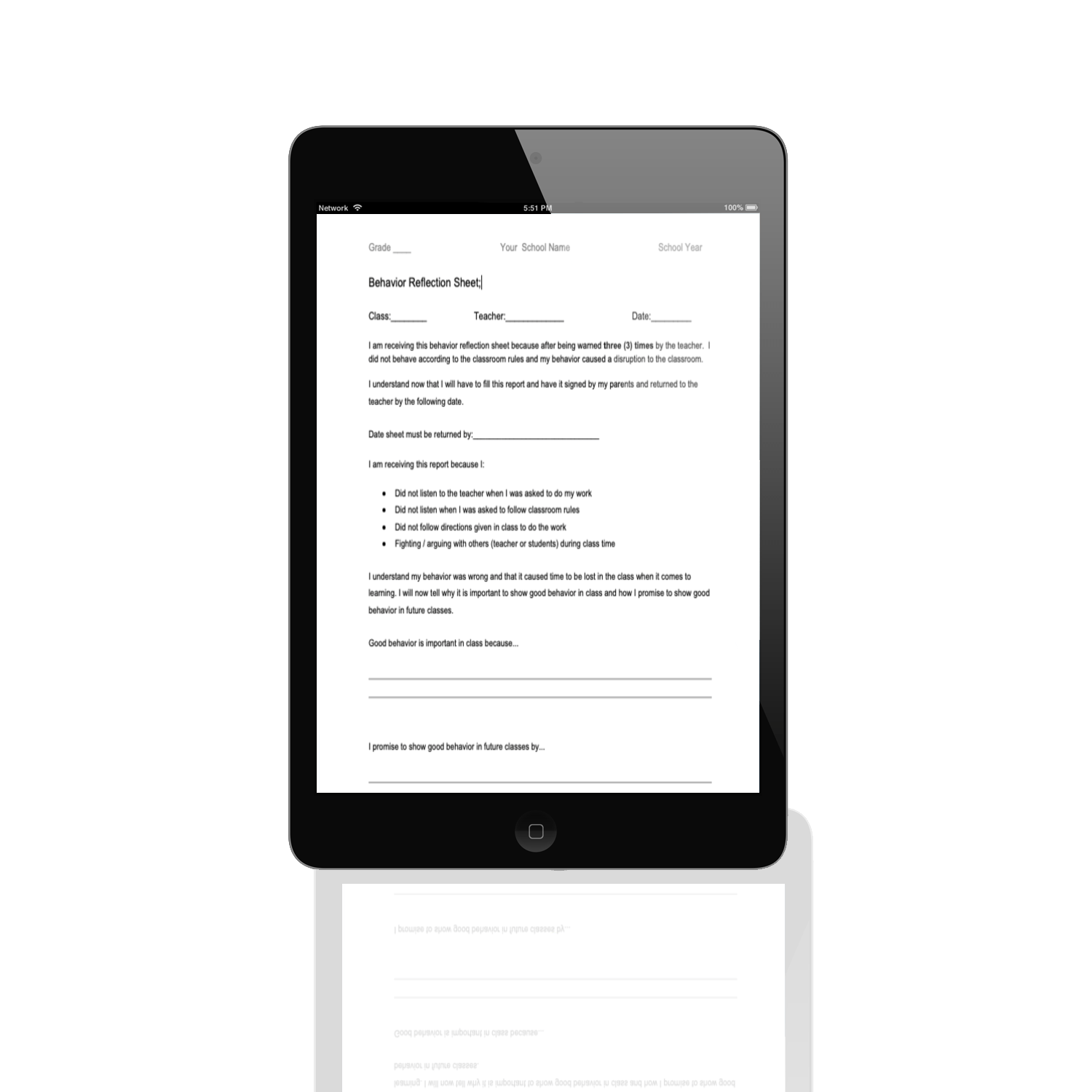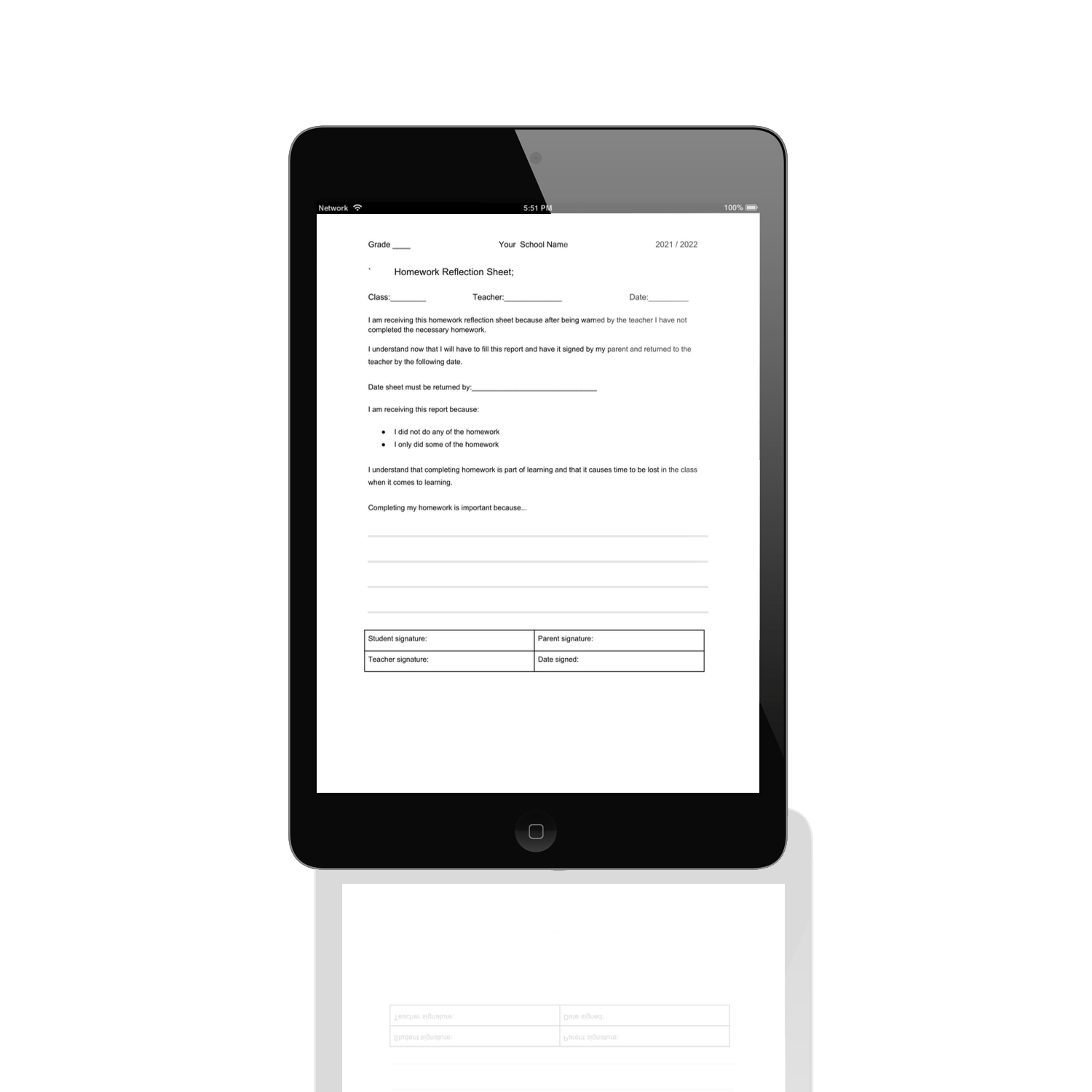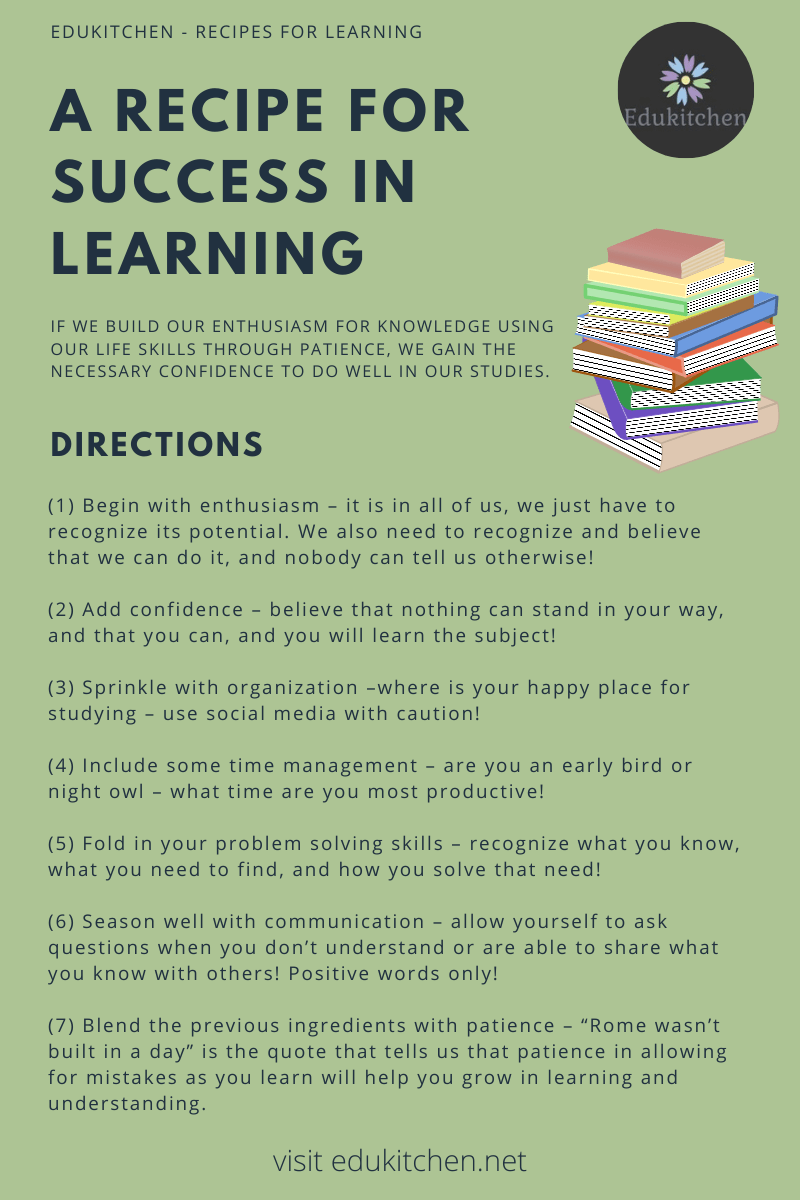In this article we look at discipline strategies for the homeschool classroom and offer free downloadable resources (such as our behavior reflection sheet) for homeschooling parents to use in the classroom.

Discipline doesn’t have to be a scary word for children when their parents introduce measures in the right way and help to build good teacher-student relationships.
At the end of this article you can sign up to view our digital resources to use in the classroom for building confidence in teaching and learning in the classroom.
Consider Journal Writing as Part of Discipline Strategies
This blog contains affiliate links to highlighted websites and/or resources. By clicking on the link and making a purchase we may earn a small commission at no extra cost to you. Click here for full disclosure.

Effective Discipline Strategies that Help with Learning
How well children manage their own behavior in the class depends on their motivation.
Reliancer Colorful Self-Inking Motivation School Grading Teacher Stamp Set and Tray (8-Piece)
Intrinsic vs. Extrinsic Motivation
Homeschooling parents need to present rewards so that children find their motivation is for their own personal gain (intrinsic motivation) and not because they deserve the external reward (extrinsic motivation) the teacher has promised.
Gifts as rewards are always fun to receive, but children should know that the most important point in the reward system is to choose good behavior because it is important for one’s own happiness.
In other words, children should be looking at their intrinsic motivation – achieving rewards, and avoiding consequences, not for external gains, but because they want to work hard for their own happiness and success.
Effective Discipline Strategies
When childrenv are told what discipline means and what rewards and consequences are a part of the discipline routine, then we can consider rewards and consequences as one means of effective discipline strategies.
REWARDS
Rewards are seen as tools for motivation. However, this idea of rewards and how effective they will be in behavior management depends on two factors; age and the kind of motivation.
Age (K – 5th Grade)
Children in the primary stages (K – 5 grades) look at rewards as a way to connect with their homeschooling parent as their teacher and consequences as preventing them from connecting with said teacher.
The more rewards they get, the more they feel like a good student.
Types of Rewards (K – 5th)
Children in this age group delight in receiving simple physical rewards such as:
that are presented in a way that shows appreciation and recognition of their efforts.
Age (6th – 12th Grade)
Children in the middle stages (6th – 12th grade) don’t see rewards as important in connecting with their homeschooling parent, because they generally see the value of connecting with peers to be more important.

Types of Rewards (6th – 12th)
Children in this age group delight in receiving the extra points they need to get those ever important high grades!
Children in this age group delight in receiving simple physical rewards such as:
that are presented in a way that shows appreciation and recognition of their efforts.
Homeschooling parents should be honest in offering extra points for work done that shows appreciation and recognition as to the dedicated efforts children are making with their learning.
While it is tempting to do so, homeschooling parents should avoid offering sweets or candy as rewards for improvements in learning.

For both age groups, the reward systems should be set up so that all children have a fair chance at gaining rewards, so as to help them find the intrinsic motivation they need to keep themselves well behaved and learning during the lesson.
CONSEQUENCES
When children are not fulfilling their responsibilities in the classroom when it comes to their behavior or their work, or if they are caught cheating, homeschooling parents should have their children reflect on these issues.
What happens when we cheat?
These types of consequences will get children thinking as to how their behavior should be so as to not cause problems for themselves and those around them.
Behavior Issues Impacting Learning
Children need to be aware of the consequences of their behavior as a way of understanding how their negative attitudes and behaviors are hurting their learning.

Negative behaviors include not listening to others in the classroom, refusing to do work, or arguing/fighting in the classroom.
Homework Issues Impacting Learning
Why do homeschooling parents give homework?
Well the answer is to help reinforce learning outside the classroom.
Homework teaches children about responsibility.
When children fail to meet this responsibility time and time again, it hurts their learning.
The consequences for not taking responsibilities is again to reflect on what effects their lack of responsibility has to not only themselves, but to those around them.
Consequences that make children think about their actions, will make more of a positive impact on a student, then if they had something taken away, or worse, made to feel embarrassed or ashamed for what they did.
Discipline Strategies vs. Classroom Management
Effective discipline strategies make classroom management easier.
If classroom management is made easier, then teaching and learning is made easier, and that means more time for interesting and valuable discussions can take place making learning enjoyable for everyone!

Discipline strategies are ways in which children recognize thier own behavior leads to actions which can lead to negative consequences if not managed correctly. What they are not is a form of punishment.
Discipline vs. Punishment
Discipline should not be the same as punishment.
Punishment using harsh actions or words may be intended to correct negative behavior in children, but it has shown to do more damage to their confidence and self-esteem.

Punishment has no place in the homeschool classroom. The attitudes and work children show in the classroom, and the homeschooling parent’s response can impact on their mental health and their learning.
Free Resources for Discipline Strategies in the Homechool Classroom
We provide free resources to help homeschooling deal with behavior and homework issues in the classroom.
Note: The resources we offer below work best for students in grades 4 and older. Join us below to download your free copy of our behavior and homework reflection sheets.
Behavior Reflection Sheet
This sheet has the children as student firss recognize the wrong behavior that got them the sheet in the first place.

It then asks the student to reflect on why good behavior is important and how they will show good behavior moving forward.
Click here to download this sheet in our digital products shop!
Homework Reflection Sheet
This sheet has the homeschooling student first explain their lack of responsibility that got them the sheet in the first place.

It then asks the student to reflect on why homework is important and how they will recognize their responsibility moving forward.
Click here to download this sheet in our digital products shop!
Related Topics
Connect to our other pages as you navigate through our website. Explore what these pages have to offer you and you will be glad you did!
- 5 Classroom Management Strategies for Homeschooling
- How to Use Formative Assessments in the Homeschool Classroom
- 7 Tips for Homeschool Lesson Planning
- 5 Important Tips for New Homeschooling Teachers
- 4 Behavior Strategies In the Homeschool Classroom
Join Our Newsletter Community Today!

Final Thoughts…
The dynamics in the classroom have changed since schools no longer allowed physical punishments as a form of discipline.
While the threat of physical punishment may have silenced the expressions of thought, it didn’t do much in the way of intrinsic motivation – which is what really matters and what helps students improve their behavior and learning.
For more on the benefits to mental health through physical health in education, click here.
Whether teaching in the normal or “traditional” classroom or “online” classroom, discipline strategies must be part of any classroom management system.
Share Your Thoughts!
EduKitchen would like to hear from you! Let know your thoughts in the comments below on discipline strategies in the homeschool classroom. We would love for you to connect with us on social media!




